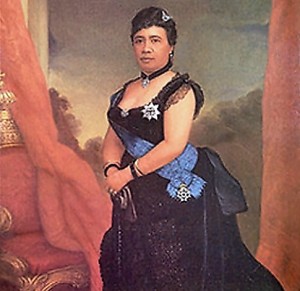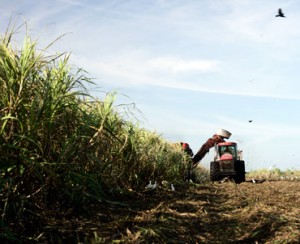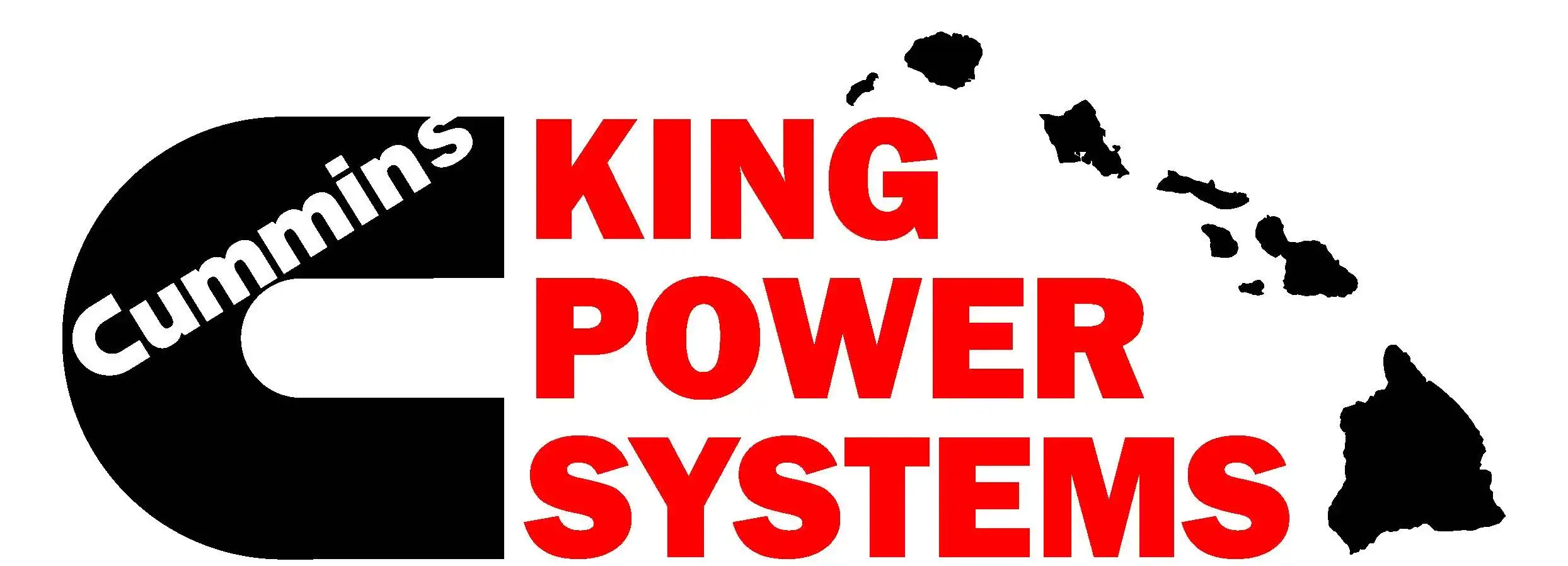ANALYSIS: The Sugar Industry’s Bitter Reality
By Nate Gaddis
For native Hawaiians, the sugar industry holds bitter memories.
In 1890, shortly before the death of King Kalakaua, the US congress enacted the McKinley Tariff, ending the “most favored” status of Hawaiian-grown sugar and rewarding American producers with a 2 cent per pound bounty on their crops.
The value of Hawaiian exports to the US mainland quickly plummeted, dropping from $13 million to $8 million ($312 million to $192 million in today’s money) within two years.
After succeeding her late brother, Queen Lili`uokalani began drafting a new constitution for the islands, intent on restoring power to the Hawaiian monarchy. The 1893 constitution would have limited the political clout of European and American business interests, many of whom were already eager to see Hawaii annexed to the United States. Annexation meant better sugar prices, and the support of the business community helped to fuel the overthrow of the Hawaiian kingdom.

Portrait of Queen Lili`uokalani, whose government was overthrown with the support of sugar producers. Image file from Wikimedia Commons.
The McKinley Tariff that helped hasten the end of the monarchy became obsolete roughly a year later, but sugar producers would continue to influence domestic politics through the following century, right up to the present day.
In June of this year, the US Senate rejected an amendment that would have phased out the federal government’s protections for sugar producers. A few weeks later, the House of Representatives rejected a similar measure.
Unlike many crop subsidies that send farmers payments, the US government keeps prices high for domestic sugar producers mainly by limiting foreign imports. The quotas have a direct impact on US consumers, who pay (averaged over 10 years) roughly twice the price of sugar than can be found on the open market.
The artificially elevated prices also raise the cost of doing business for food producers, pushing some to outsource their operations outside of the United States. The policy also has had a major impact on the beverage industry, where domestic soda makers have turned to high fructose corn syrup (often deemed a less healthy alternative to cane sugar) to sweeten their beverages.
With nearly all of Hawaii’s sugar plantations now closed, the Hawaiian Commercial and Sugar Company (HC&S), operating mainly here on Maui, remains one of the sole local beneficiaries of the current US sugar policy, employing nearly 800 people and producing approximately 200,000 tons of cane sugar each year.
US Senator Daniel Inouye, whose grandparents emigrated from Japan to work in the Hawaiian sugar industry, came out strongly opposed to reforming US sugar policy, remarking to his fellow lawmakers “Hawaii’s existing sugar producer could potentially close, forcing my constituents to lose their livelihood,” and going on to predict that “If the US sugar policy were eliminated… the US market would collapse.”
All of this is certainly possible. But what exactly is it costing us to maintain the status quo? The United States General Accounting Office in 2000 found that in the current scheme, the estimated annual cost per job saved in the United States sugar industry is $826,000.*
The US International Trade Administration in 2011 framed the problem in similarly stark terms: for every job in sugar harvesting saved, three jobs in the confection industry are sacrificed. Other studies have shown that 42% of sugar program benefits go to an estimated 1% of sugar growers.
The bittersweet history of Hawaii’s sugar industry may be entering its final chapter. HC&S is the sole major producer left in the islands, surviving in part due to government policies. With the USA facing an increasingly difficult budget situation, pressure is mounting on legislators to cut subsidy programs. With the Senate narrowly preserving sugar industry protections this year (by a 50-46 vote margin), time may be running out for those dependent on the jobs and benefits it provides.
* Cost calculated via cost to consumers and commercial users, inflated by mainly the sugar quota











